https://www.sportscollectorsdaily.com/photo-of-masked-players-during-spanish-flu-headlines-rmy-auction/
|
Here's a story I wrote for Sports Collectors Daily about a photo of baseball players weering masks for a 1919 game in Pasadena, California. https://www.sportscollectorsdaily.com/photo-of-masked-players-during-spanish-flu-headlines-rmy-auction/
0 Comments
Here's a story I wrote for Sports Collectors Daily about Panini America's response to a complaint filed in January by Upper Deck over background images of Michael Jordan that were featured in some Panini sets.
www.sportscollectorsdaily.com/panini-seeks-dismissal-of-uds-lawsuit-over-jordan-background-images-on-cards/ Here is a podcast I did on New Books Network with author Mitchell Nathanson, the author of the book, "Bouton: The Life of a Baseball Original."
https://newbooksnetwork.com/mitchell-nathanson-bouton-the-life-of-a-baseball-original-u-nebraska-press-2020/ Here's a story I wrote for Sports Collector's Daily about Michael Cipollaro, who, as a 12-year-old in 1947, got Babe Ruth to sign his World Series program at Ebbets Field.
Here's a story I wrote for Sports Collectors Daily about New England Patriots owner Robert Kraft, who is auctioning his ring from Super Bowl LI for charity:
www.sportscollectorsdaily.com/patriots-owner-robert-kraft-auctioning-super-bowl-li-ring-for-charity/ Here's a story I wrote for Sports Collectors Daily about Matt Neely, whose collection of Wheaties boxes tops 800:
www.sportscollectorsdaily.com/extensive-jordan-collection-shows-why-virginia-man-is-wheaties-king/ 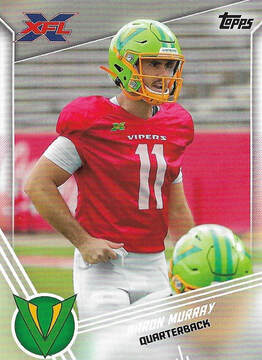 XFL, we hardly knew you. Vince McMahon’s second attempt at professional football was derailed by the coronavirus, which forced the league to lay off staffers and suspend operations. The XFL’s parent company, Alpha Entertainment, was forced to file for Chapter 11 bankruptcy on April 13. McMahon, chairman of World Wrestling Entertainment, had some new ideas for the league, but COVID-19 doomed it from the start after league action began Feb. 19. Bad timing. Topps released its XFL set on April 15, two days after the league filed for bankruptcy. For the second straight year, Topps put out a set of a league competing with the NFL — the Alliance of American Football had a set last year — that failed. That is not Topps’ fault, of course. It is difficult to control world events, and coronavirus affected everyone and shut down sports. 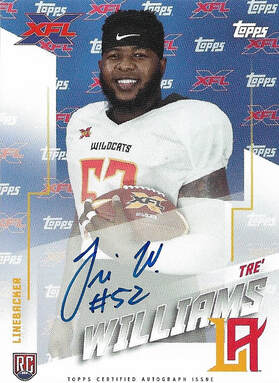 Anyway, the XFL set contained 175 base cards, with one insert subset and autographs. I bought a blaster box, which had 10 packs and 10 cards to a pack. The card design is simple, and many of the photographs show the player posing in front of a background that featured the Topps and XFL logos. The league logo is placed in the upper left-hand corner, with the team logo positioned in the lower left-hand corner. The lower half of the card has three lines that intersect with the team logos from horizontal and vertical directions. The player’s name and position are underneath the horizontal lines. They probably could have been a little larger, but it still works. The card backs list vital statistics and have the team logo in the upper right-hand corner, with that same intersecting lines concept. The player’s name is positioned to the left of the team logo. Finally, there are seven lines of type devoted to a biographical sketch. Interestingly, if a player competed previously on an NFL squad, the team name is not mentioned — just the city. So, when wide receiver Alonso Russell’s card notes he made his pro debut in 2018 with New York, some collectors might have to double-check to see which franchise (it was the Giants). 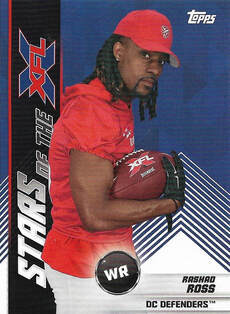 A blaster box contains 100 cards. I pulled 90 different base cards and six doubles. I thought the duplicates might have been parallels — after all, the set has parallels in green (numbered to 99), purple (50), blue (25), red (10), black (5) and gold (1/1) — but that was not the case. I did, however, pull one parallel — a green parallel of Russell. Most of the players will not be known to the casual football fan unless you are heavily into the college game. It was nice to see a card of Aaron Murray, the former University of Georgia quarterback who starred at Plant High School in Tampa. The other “names” I pulled, predictably, were coaches and front office personnel — Winston Moss, Bob Stoops and Jerry Glanville. I also pulled a pair of inserts from the 25-card Stars of the XFL subset — P.J. Walker and Rashad Ross. The good news about the autograph cards is that they are not on stickers. The bad news (for me) is that I pulled linebacker Tre Williams, who decided to sign his card as “Tre W. #52” Seriously? It only takes a few seconds longer to sign your last name. The Topps XFL set is nice, but it was undercut by events out of the control of the league and the trading card giant. Rest in peace, XFL. 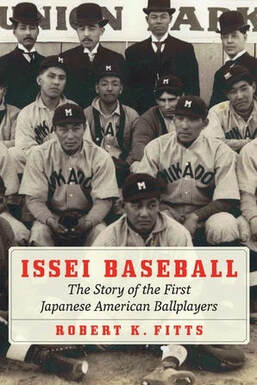
He may be a former archaeologist, but Rob Fitts still enjoys digging.
For the past 15 years, Fitts has produced some of the finest books about Japanese baseball, and his fifth work combines his trademarks — anecdotal storytelling, backed by careful and exhaustive research. Books about Japanese baseball might seem to fall into a niche group, but if you enjoy baseball and history — and by extrapolation, baseball history — then Fitts’ latest effort will be a satisfying read. Issei Baseball: The Story of the First Japanese Baseball Players (University of Nebraska Press; hardback; $29.95; 309 pages) was inspired by an eBay purchase. In 2003, Fitts, an avid baseball card collector, bought a card that depicted a team of Asian players wearing “J.B.B. Association” jerseys. Intrigued, Fitts learned the Japanese Base Ball Association squad barnstormed across the United States in 1911. Ten years later, while researching Mashi, his 2015 book about Masanori Murakami, the first Japanese major leaguer, Fitts learned more about the JBBA. He was hooked. “Before I had even started writing Mashi, I had targeted the topic of my next book,” Fitts writes. Issei Baseball is the culmination of four years of research and continues Fitts’ deep dive into Japanese baseball. He started with an oral history, Remembering Japanese Baseball, in 2005, followed three years later by a biography of Wally Yonamine, the first Asian-American to play pro football and the first American to play professional baseball in Japan. Fitts’ best-known work, Banzai Babe Ruth, breathed new life into the 1934 goodwill tour of major leaguers to Japan, led by Ruth. The 2012 book earned Fitts a Seymour Medal from the Society of American Baseball Research. In Issei Baseball, Fitts focuses on five men who would play a large role in shaping Japanese baseball in the United States before World War I — Harry Saisho, Ken Kitsuse, Tom Uyeda, Tozan Masko and Kiichi Suzuki. Japan had been introduced to baseball in 1871, and by the turn of the century, these men would come to the United States to start new lives. They found athletics as an outlet to showcase their and would later play big roles in barnstorming tours in 1906 and 1911. They had a receptive audience in the Great Plains because major league baseball did not exist west of St. Louis. Guy Green, “a savvy businessman,” recruited Native Americans to form the Nebraska Indians, who played 103 games during an 1898 barnstorming tour. Green decided to do the same with Japanese players in 1906. He created a promotional card to tout players “direct from the schools and universities of Japan.” 
When some of the Japanese players proved to be weak, Green replaced them with Native Americans, “probably hoping that most spectators would not know the difference,” Fitts writes.
They did. Still, the advertised “Japanese team” would play for 25 weeks and travel 2,500 miles through eight states and two territories. There is no record, Fitts writes, that the team used an all-Japanese starting lineup for the rest of the tour after nearly losing to a high school squad in Frankfort, Kansas. “The Japanese ball team was not what the Jap’s advertising manager cracked it up to be,” one reporter would comment later during the tour. The 1911 team included many of the same players, with Saisho acting as manager and promoter. This time, most newspapers praised the Japanese players for mastering the game and showing good sportsmanship. Fitts was hindered at times by the lack of newspaper coverage of the Japanese tour, but he kept digging. The team played 128 games in 143 days, playing in front of tens of thousands of fans across seven states. Results from 87 of the games can be documented, and the JBBA squad had a 25-60-2 record, Fitts writes. The team earned $4,556.88 in gate receipts, but when the tour ended in St. Louis the balance had shrunk to $2.27 after expenses. The team had to borrow money to get back to Los Angeles. What is particularly stunning about this Issei Baseball is how American newspapers were blatantly racist in their portrayal of Japanese players. Fitts writes that Japanese people in the United States were banned from restaurants, barbershops and housing in certain neighborhoods. Finding jobs was also difficult. In southern Colorado, a mining area “not known for its tolerance” of the Japanese, immigrants were treated harshly. The hatred grew when Japanese and Mexican workers were brought in as strike-breakers by mining companies. In 1911, for example, local men and boys attacked the home of George Ikeda, smashing windows and forcing the merchant and his wife to hide in their basement. The Japanese were called the “yellow peril” by newspapers. One newspaper produced this gem of a headline: “Twirlers are Japanesy, but Not Easy to Defeat.” The San Francisco Chronicle warned in large headline type about “The Japanese Invasion, the Problem of the Hour for the United States.” Shortening their nationality to “Japs” was the norm. “Little yellow men” and “tricky Orientals,” were common descriptions. Congressman Richmond Pearson Hobson, from Alabama, viewed Japan as a military threat and had little use for anyone of color. “The whole trend of events is … toward a content by the yellow race, aided by the other colored races, a struggle to wrest from the white man his present superiority,” Fitts quotes Hobson from a 1907 New York Times article. Taziko “Frank” Takasugi would characterize Hobson as a “double bonehead,” Fitts writes.
Fitts’ narrative fleshes out the Jim Crow mentality of the late 19th and early 20th centuries. He writes about the numerous “sundown towns” in rural Illinois and Iowa — where only whites could remain after dark. The JBBA squad played 43 games in Illinois; 12 of them were in sundown towns. The games ended before dusk.
The Japanese players’ behavior nevertheless earned them respect in the Midwest, “undercutting negative stereotypes,” Fitts writes. The team was not a financial success, but it did lead to other Japanese-American squads. Fitts’ research was based on sources in Japan, California and the barnstorming towns in the Midwest. He draws from archives, books and websites. His bibliography runs 10 pages and there are endnotes for every chapter. Schedules and game results, where available, are included in an appendix. A second appendix lists known Issei baseball teams from 1904 to1910, and a final appendix lists partial rosters of selected Issei teams. Fitts’ research uncovers wonderful nuggets of information. Saisho, for example, was the eldest son of a samurai war hero and part of a family of warriors that can be traced to the 11th century. One of his possible relatives, Atsushi Saisho, was the grandfather of Yoko Ono. As a postscript, Fitts follows the former players as they aged. Some of them suffered the indignity of confinement in Japanese internment camps during World War II. They were taken from their homes, limited to two suitcases apiece, and moved inland to inhospitable places. The internment had an ironic effect, bringing “a respite from a lifetime of backbreaking work and struggle.” Athletics played a big part, as camp members built baseball fields and formed leagues to pass the time. For the Japanese players of the early 1900s, the shared love of the game acted “as a bridge between people from different sides of the globe,” Fitts writes. And in Issei Baseball, Fitts once again has unearthed valuable insights, adding to our knowledge and understanding of baseball history. |
Bob's blogI love to blog about sports books and give my opinion. Baseball books are my favorites, but I read and review all kinds of books. Archives
September 2023
Categories |
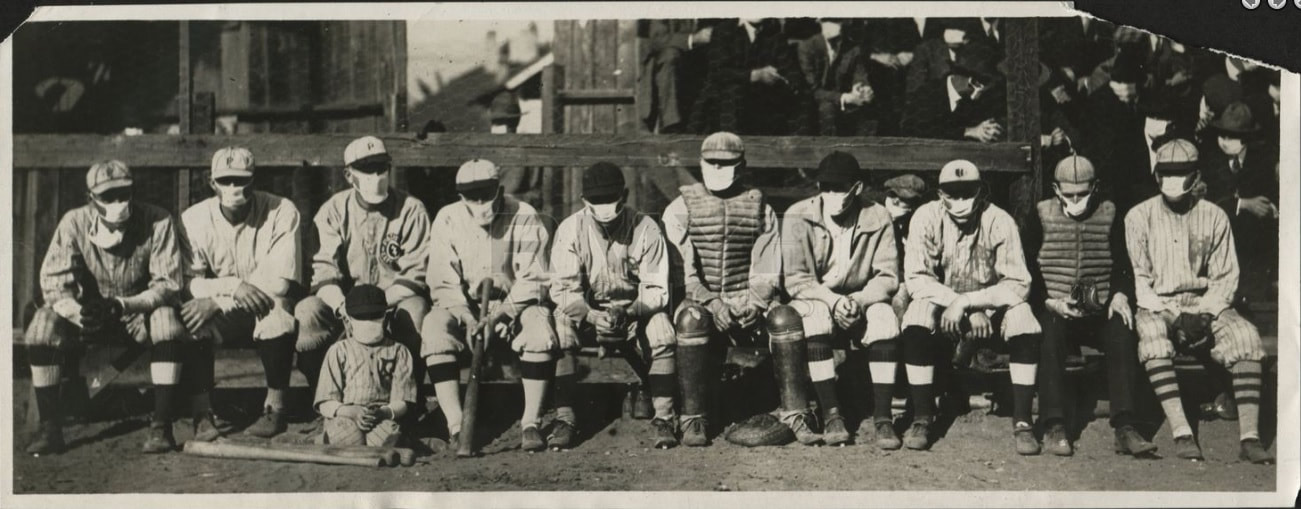
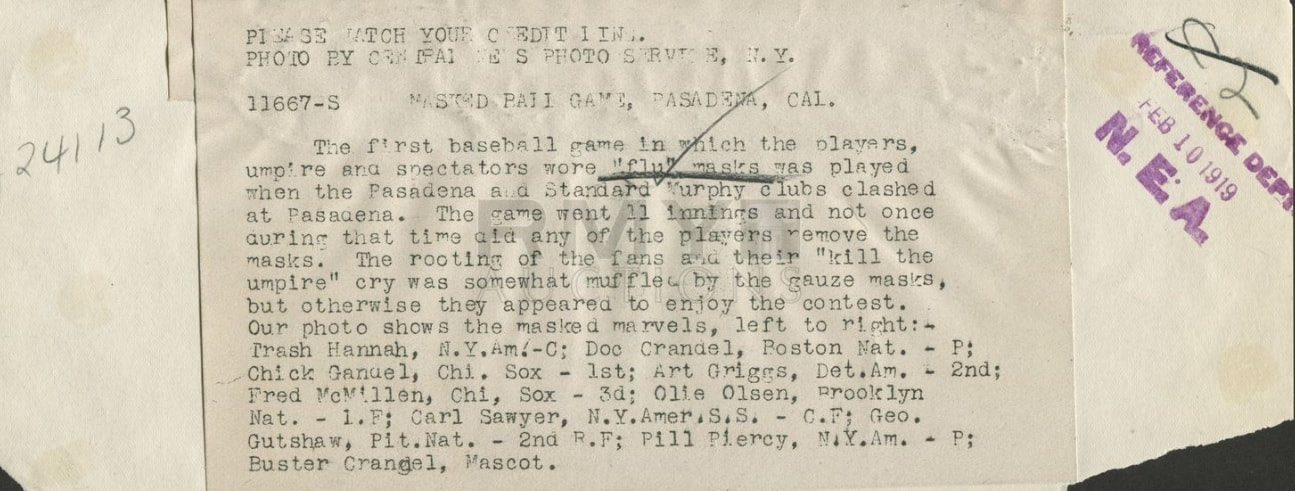
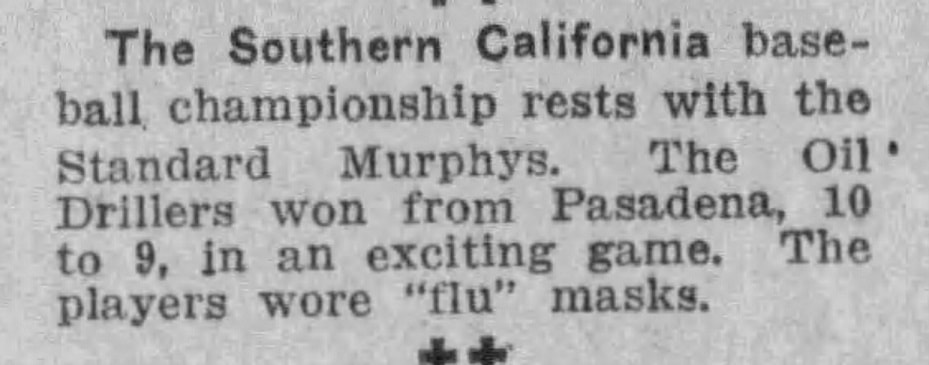
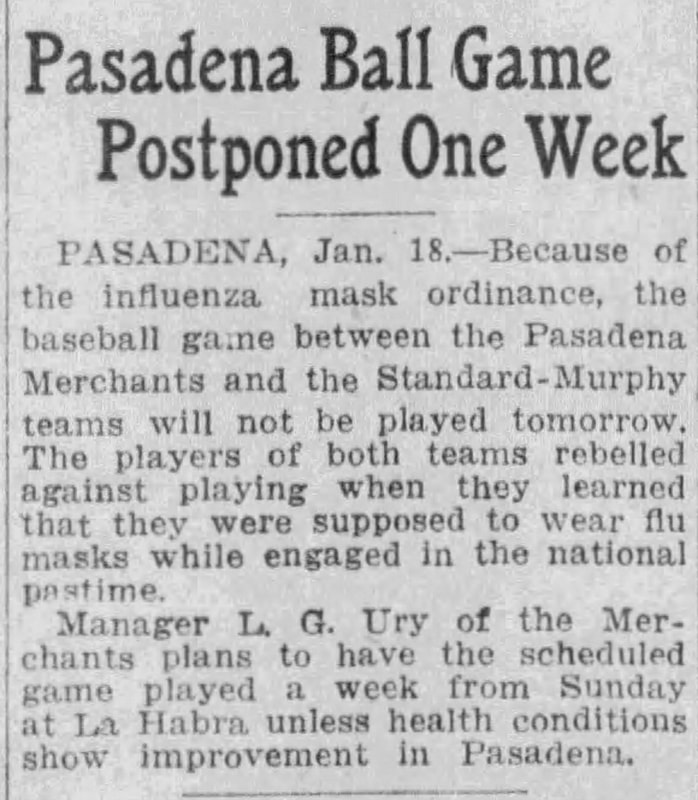
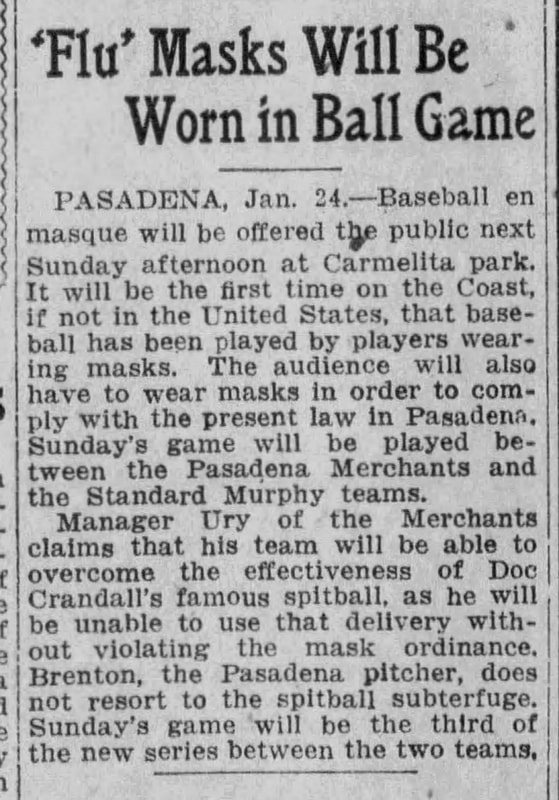
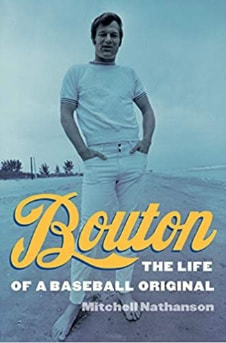
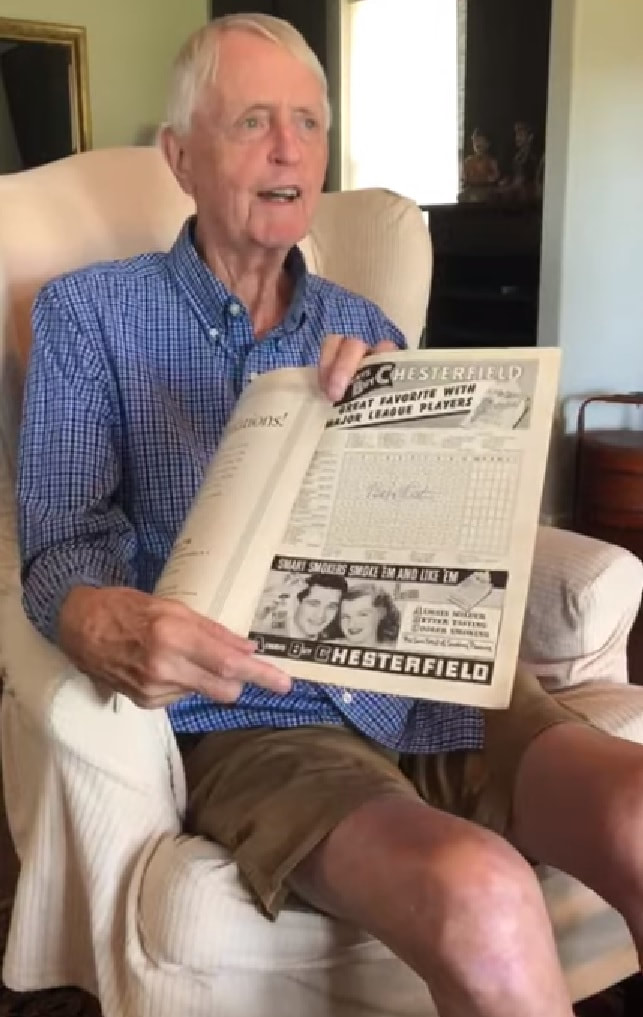
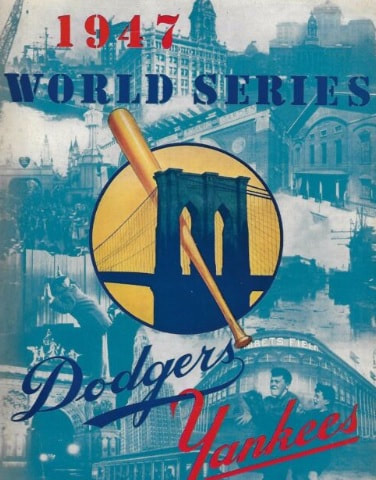
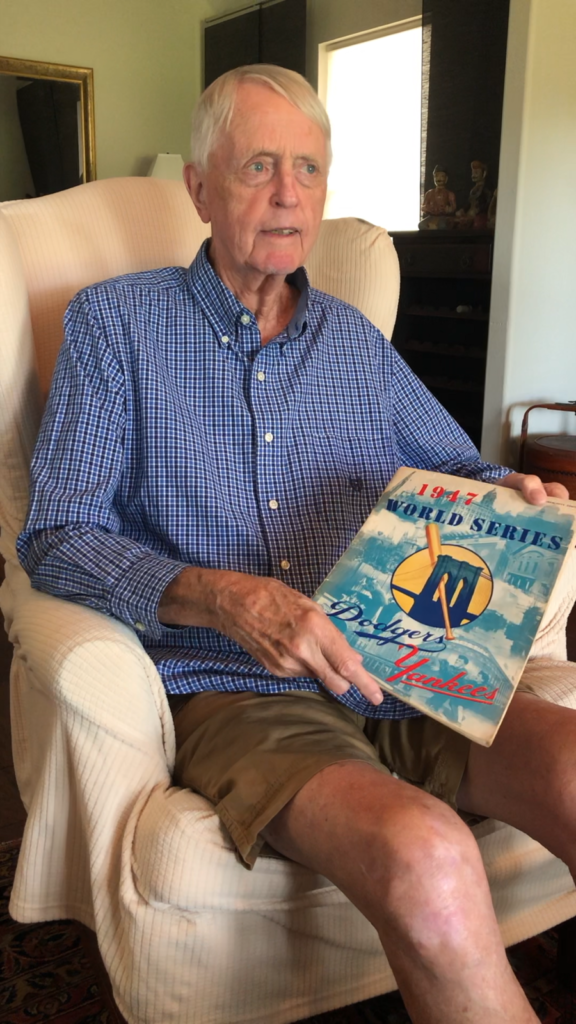
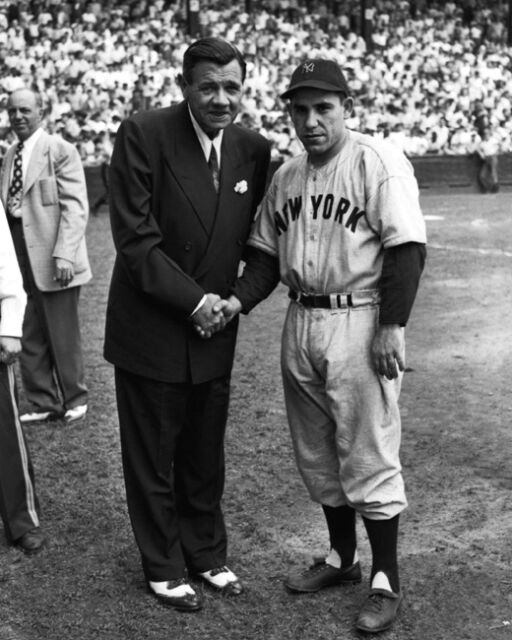
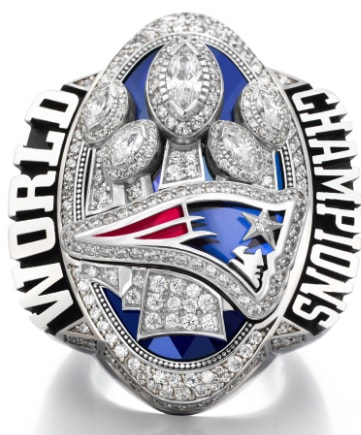

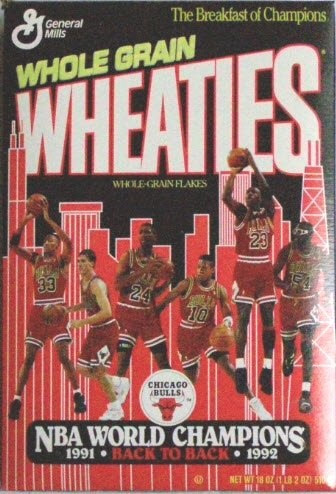
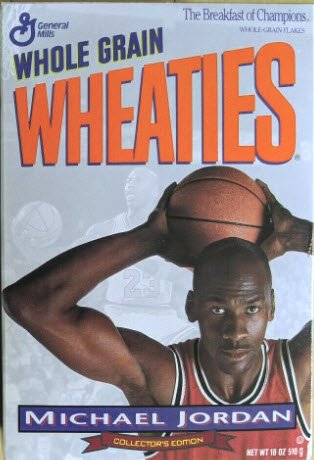
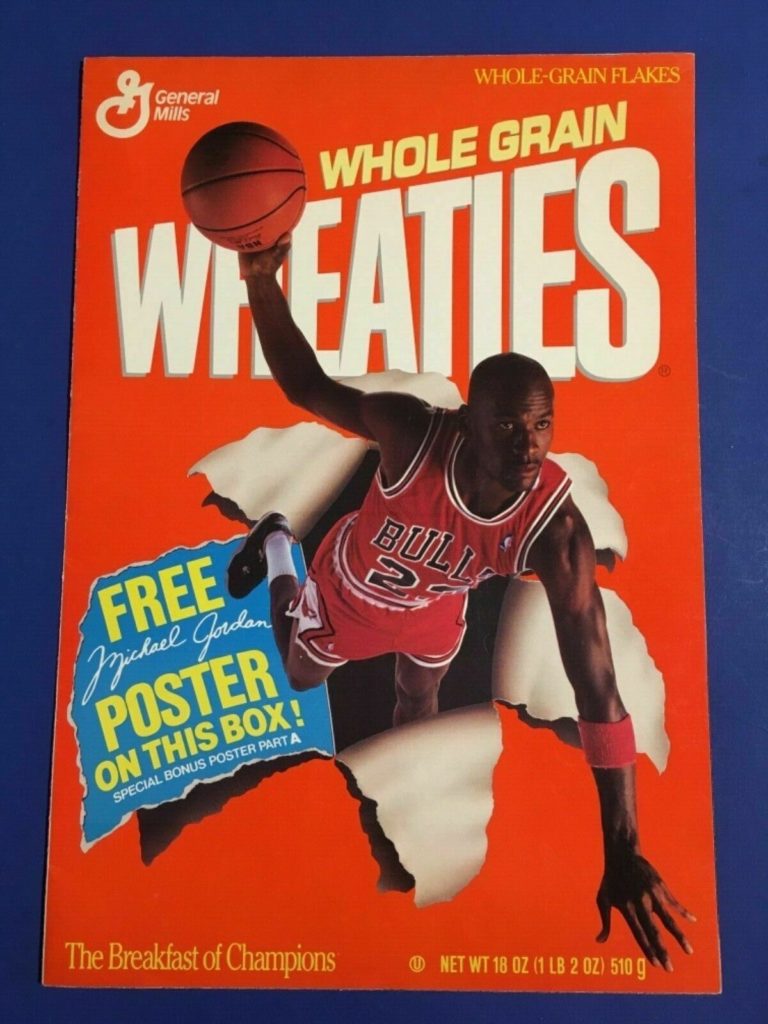
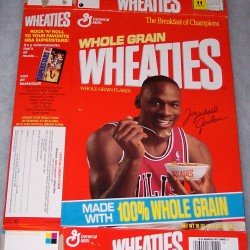
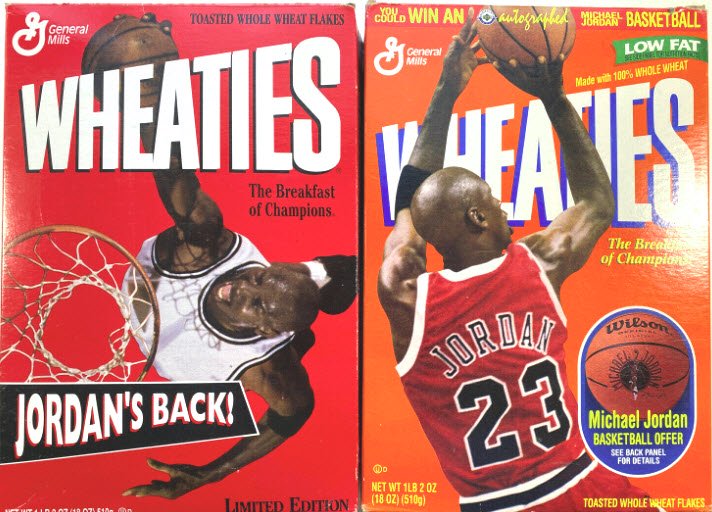
 RSS Feed
RSS Feed
